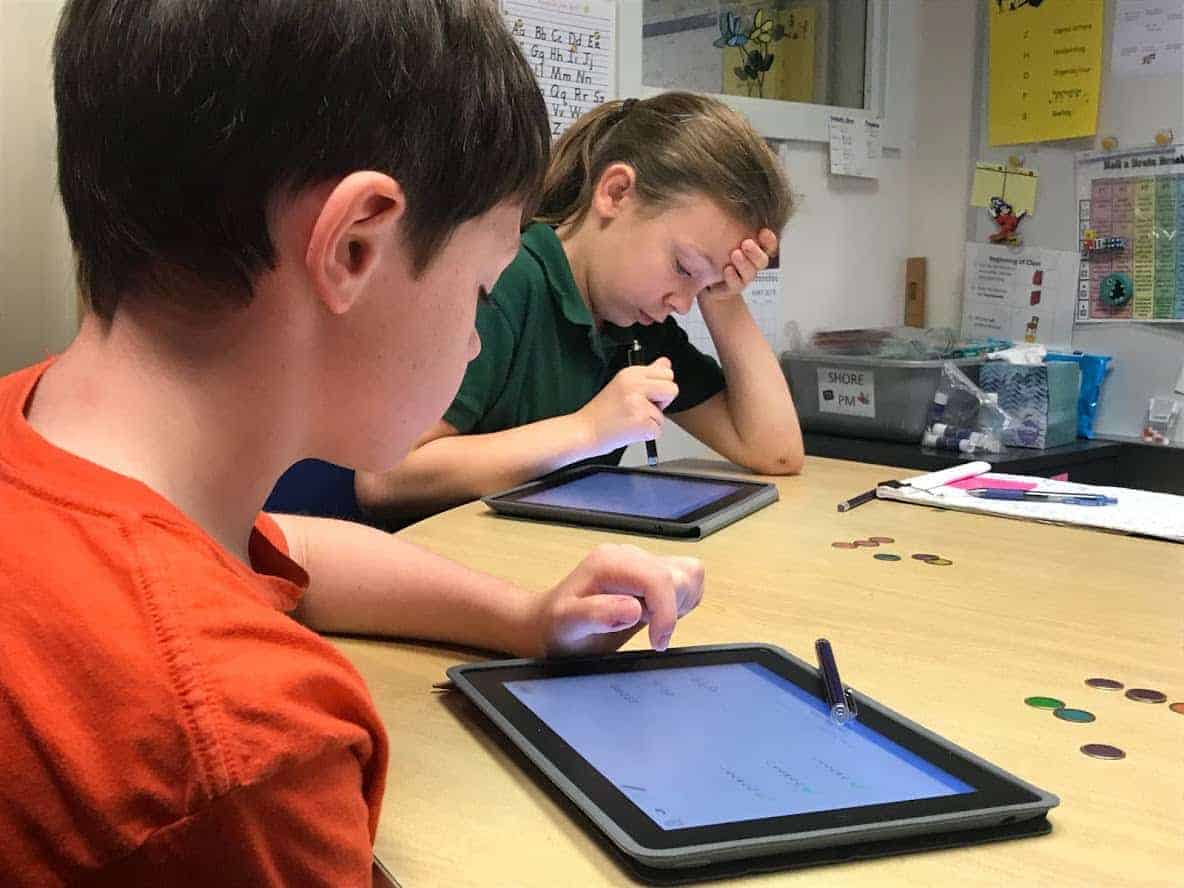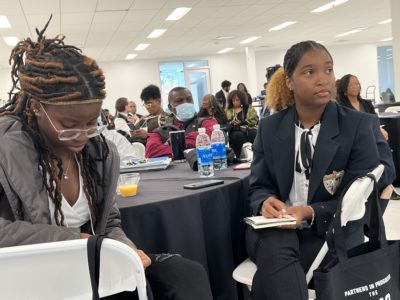
|
|
The Hill Learning Center has announced a deal that will boost the reach of a popular reading program it developed and allow the Durham nonprofit to focus on its core mission: training teachers and serving students with learning differences.
The 95 Percent Group, an education company that provides whole-class and small-group literacy solutions grounded in the scientific reading research, is buying the HillRAP intervention program that Hill developed for striving readers who are receiving Tier 3 intervention.
Hill will retain a license to use the program and will keep some of its North Carolina client districts that are using HillRAP. Meanwhile, 95 Percent Group will maintain and continually improve the platform, while marketing it more widely across the nation.
“It’s going to allow us, first of all, to achieve our dreams – which is to get this out there,” said Beth Anderson, executive director of The Hill Learning Center. “For over 25 years, we’ve been trying to figure out: How can we export the whole methodology?”
The move also will allow Hill to focus on its core mission, which is to transform students with learning differences into confident, independent learners. The Hill Learning Center specializes in directly and explicitly teaching students with learning differences. Its programs, including HillRAP, are used to provide remediation and differentiated support for students across the state.
“We are going to be able to really double down on our core mission of serving kids with learning differences and attention challenges,” said Anderson, who added that maintaining and marketing HillRAP had started to become all-consuming. “We can go deep, and we can be a really strong partner and also do more with math and executive function.”
A natural partnership
The partnership was a natural fit, Anderson said. HillRAP required a level of research, development, marketing, and sales that took valuable time away from the nonprofit’s core mission. For 95 Percent Group, which already offers Tier 1 and Tier 2 programs, the acquisition fills out its intervention portfolio.
“This begins an exciting chapter for 95 Percent Group,” CEO Brad Lindaas said in a statement. “We are entering a new market and opening up greater opportunities to serve more schools and students who need us. HillRAP not only provides us with a mission-aligned product that supports our overall vision for offering schools a comprehensive phonics ecosystem, but it also gives us a proven digital solution.”
The seeds of HillRAP were sown when The Hill Learning Center was founded in 1977 by George Watts Hill. It was initially part of Durham Academy. Hill pulled together educators, educational psychologists, and researchers to develop a reading curriculum that is the core of what Hill offers its students.
It also developed a small-group intervention for students with diagnosed learning disabilities. That program took the name HillRAP about 20 years ago, when Hill began piloting it in public schools. About 10 years ago, Hill Learning Center integrated technology into the small-group intervention, paving the way to more easily and broadly offer it. But that created a bevy of ongoing work.
“We don’t have the capacity and resources to continually invest in [HillRAP],” Anderson said. “Everything needs continual investment as a software. And now we’ll have access to all of the upgrades that 95 Percent Group will make as they go forward.”
Anderson said the timing of the sale and relationship with 95 Percent Group is ideal. It comes as the state is in its first year of implementing a law that mandates reading instruction be aligned with the science of reading. As part of that effort, all elementary school teachers are undergoing Language Essentials for Teachers of Reading and Spelling (LETRS) professional development training.
“You’ve got the professional development, but now teachers need the actual tools,” said Anderson, who said 95 Percent Group’s suite will benefit students with learning differences in the state. “And it’s just a great marriage of tools, support, and different tiers of intervention to actually implement the science of reading that everyone has learned through LETRS.”



